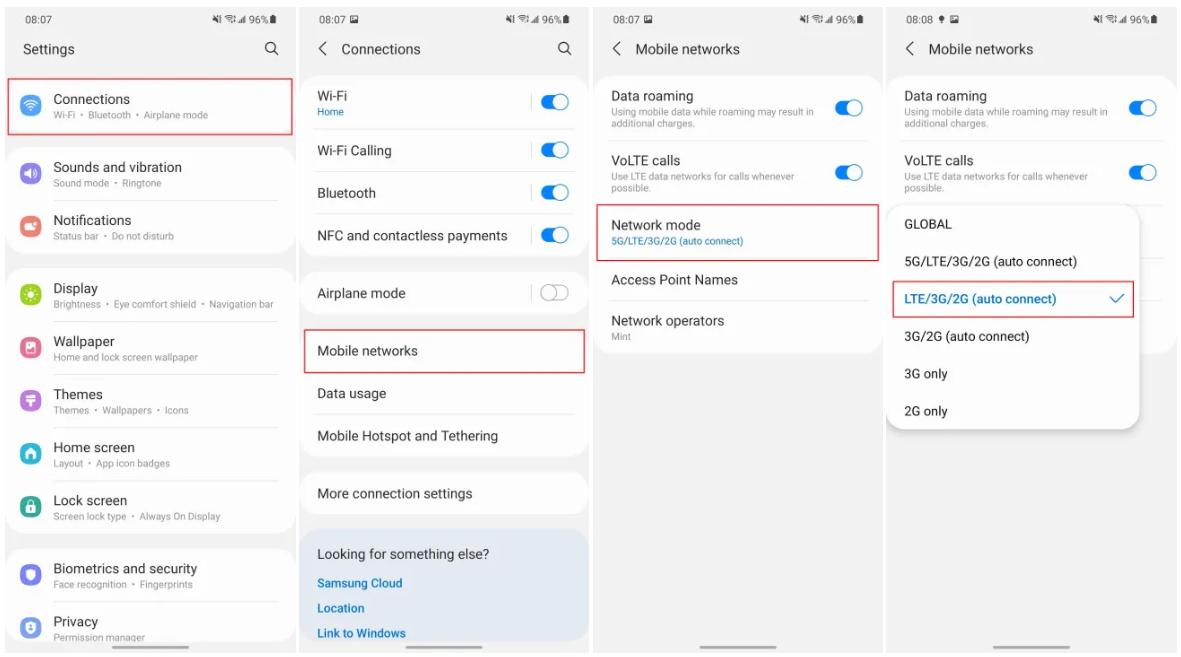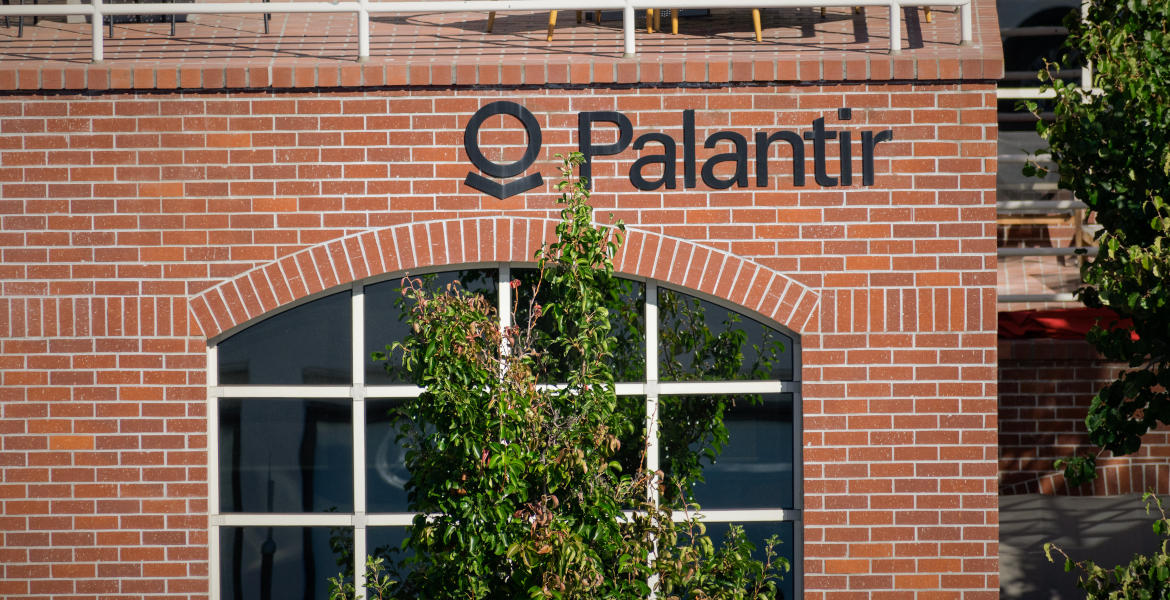Regardless of whether it's for battery life, data usage, or perhaps primarily for health reasons, it's easy to turn off 5G on both Android and iPhone devices.
This article pertains to the fifth-generation mobile network and differentiates it from 5G (GHz) from Wi-Fi routers, etc. Virtually all newer mobile phones support these new mobile networks, but they come with several disadvantages. Read about the differences between the two at the end of the article.
There are several reasons to want to deactivate 5G on one's phone. For instance:
Battery life
5G can consume more power than 4G/LTE, especially if the device constantly switches between 5G and 4G networks due to inconsistent coverage. Turning off 5G can help extend battery life under certain conditions.
Limited 5G coverage
Outside urban areas, 4G can offer a much more stable and reliable connection.
Health and personal beliefs
The rollout of 5G is a politically charged project. Many citizens question whether the technology has been objectively evaluated concerning health effects and its general impact on the environment.
On some new devices, there's no option to deactivate 5G, but on most modern smartphones, it's easily done.
The process may vary somewhat depending on the device and operating system used, but below is a general guide to finding the setting:
Android phones:
- Open "Settings".
- Scroll down and press something equivalent to "Network and Internet" or "Connections".
- Tap "Mobile Networks" or "Mobile Data".
- Tap "Advanced" (if such an option exists) or skip and proceed.
- Press "Network Mode", "Network Type", or similar depending on the device.
- Choose an option that doesn't include 5G, such as "LTE/3G/2G (auto connect)" or "4G/3G/2G (automatic connection)".

iOS (iPhones):
- Open "Settings".
- Tap "Mobile Network" or "Mobile Data".
- Tap "Voice and Data".
- Select "LTE" or "4G".
In a call from more than 230 scientists from over 40 countries, there's been a demand to halt the rollout of 5G technology. It's claimed that there are no studies on human impact that can ensure the technology doesn't negatively affect the health of humans and animals.
Even if one can reduce their radiation exposure by deactivating 5G technology on their mobile phone, the most significant radiation comes from so-called 5G base stations, often mounted on rooftops in urban areas. It's more essential to avoid these if one wishes to reduce exposure for oneself and others.
5G (mobile network) vs. 5G (Wi-Fi)
The fifth generation of mobile networks, commonly known as 5G, is the latest generation of mobile network technology, designed to replace 4G. It offers higher data speeds and shorter response times, but typically has a shorter range.
On the other hand, 5G Wi-Fi (or Wi-Fi 5) represents a wireless standard. It primarily operates on the 5 GHz frequency band and offers faster wireless communication within limited areas like homes and offices.
Even though both use the term "5G", they refer to different technologies and areas.






